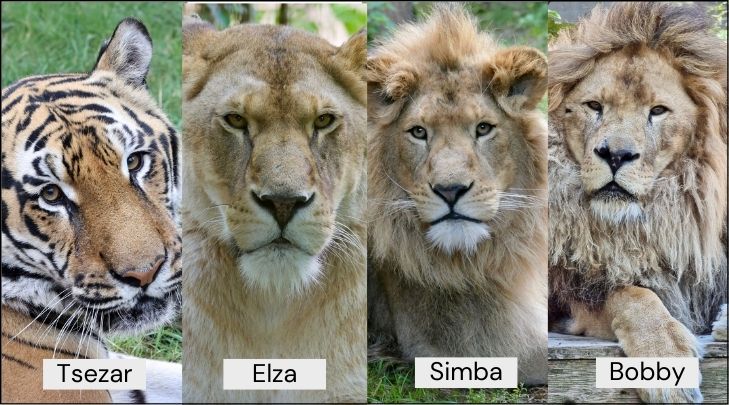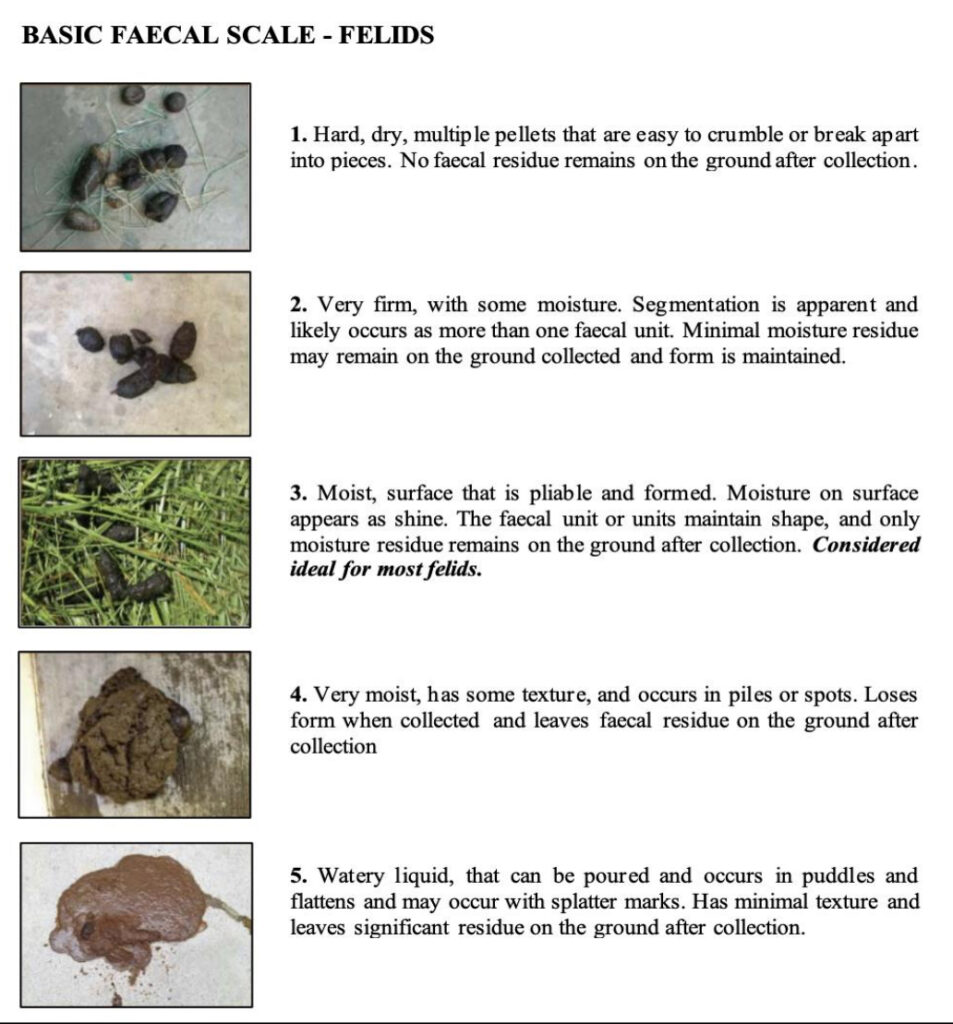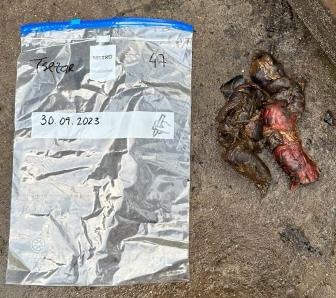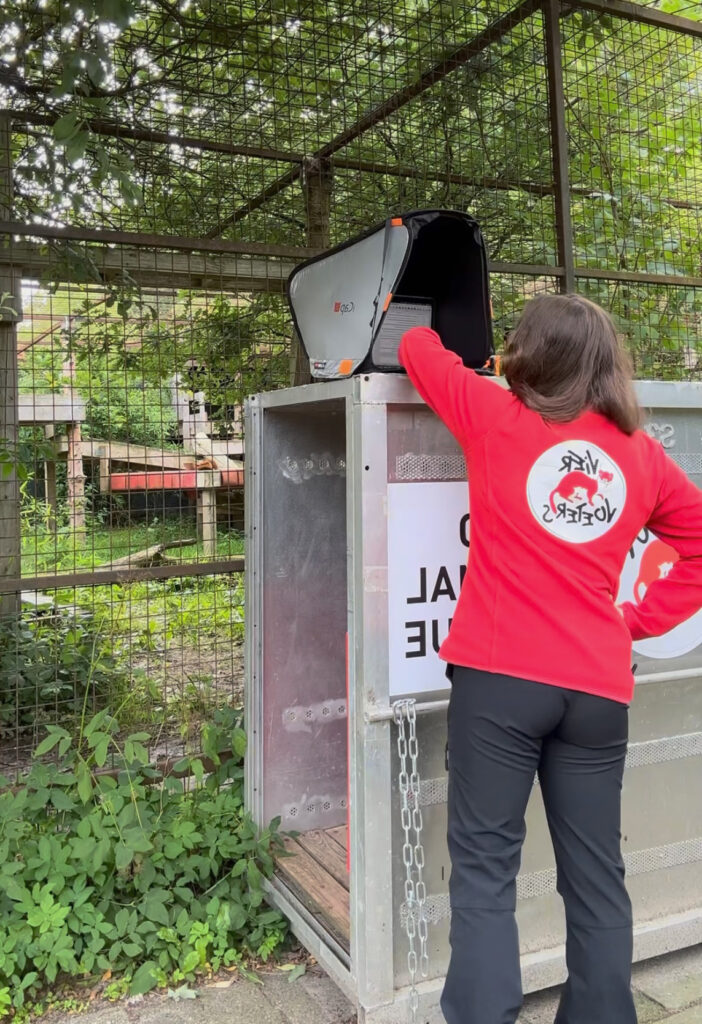Animals

The animals were housed at FELIDA Big Cat Sanctuary in Nijeberkoop, Netherlands.This sanctuary focuses on the special care of big cats rescued from inappropriate keeping conditions, and most of the animals there housed suffer from trauma or health problems; therefore, they have to be observed regularly and must take medication.
Faecal Sampling

Data collection took place between July and October of 2023. To validate the faecal scale for big cats, faecal samples were collected five consecutive days per week. Since the animals are housed individually, and the cleaning and maintenance of enclosures are done daily, faecal droppings were as fresh as possible, with a maximum time of 24 hours till collection.

The faecal samples were visually assessed, photographed (for later re-assessment, for reliability purposes) and scored right before collection. The “Basic Faecal Scale – Felids” was used to score the samples. The samples were bagged and catalogued (date, name of animal and sample number) and frozen (at -30ºC) until they were transported to Linköping University, Sweden.
Behavioural Observations

Behavioural observations were conducted in parallel to investigate a potential correlation between the behaviour of the previous day (e.g., day 1) and the samples collected on the day (e.g., day 2), which should have been dropped within the previous 24 hours. For the behavioural observations, “BORIS” software was used to record collected data. The ethogram used for these observations was adapted from the standard ethogram for felines.
The behavioural observations were conducted in the morning (09:30 – 11:30) and afternoon (14:00 – 16:00) for five consecutive days every week. The sampling method used was instantaneous, with 30 seconds intervals, for a period of one hour per animal. During periods when the animal was engaged in a training session, it would be recorded as ‘out of sight’ to remove bias.
Lab Analysis

Faecal samples were transported at Linköping University and stored in a lab freezer at -30 ºC until needed. The samples were thawed and weighed when still wet before being transferred to a warming cabinet (61ºC) in cuvettes. After 24 hours in the warming cabinet, samples were weighed again. This was repeated until the sample weight remained constant.
The dried samples were then weighed and correlated with faecal scores. The moisture content of the faecal samples was calculated using Wet weight – dry weight = Moisture content. Later, the moisture percentage was calculated.